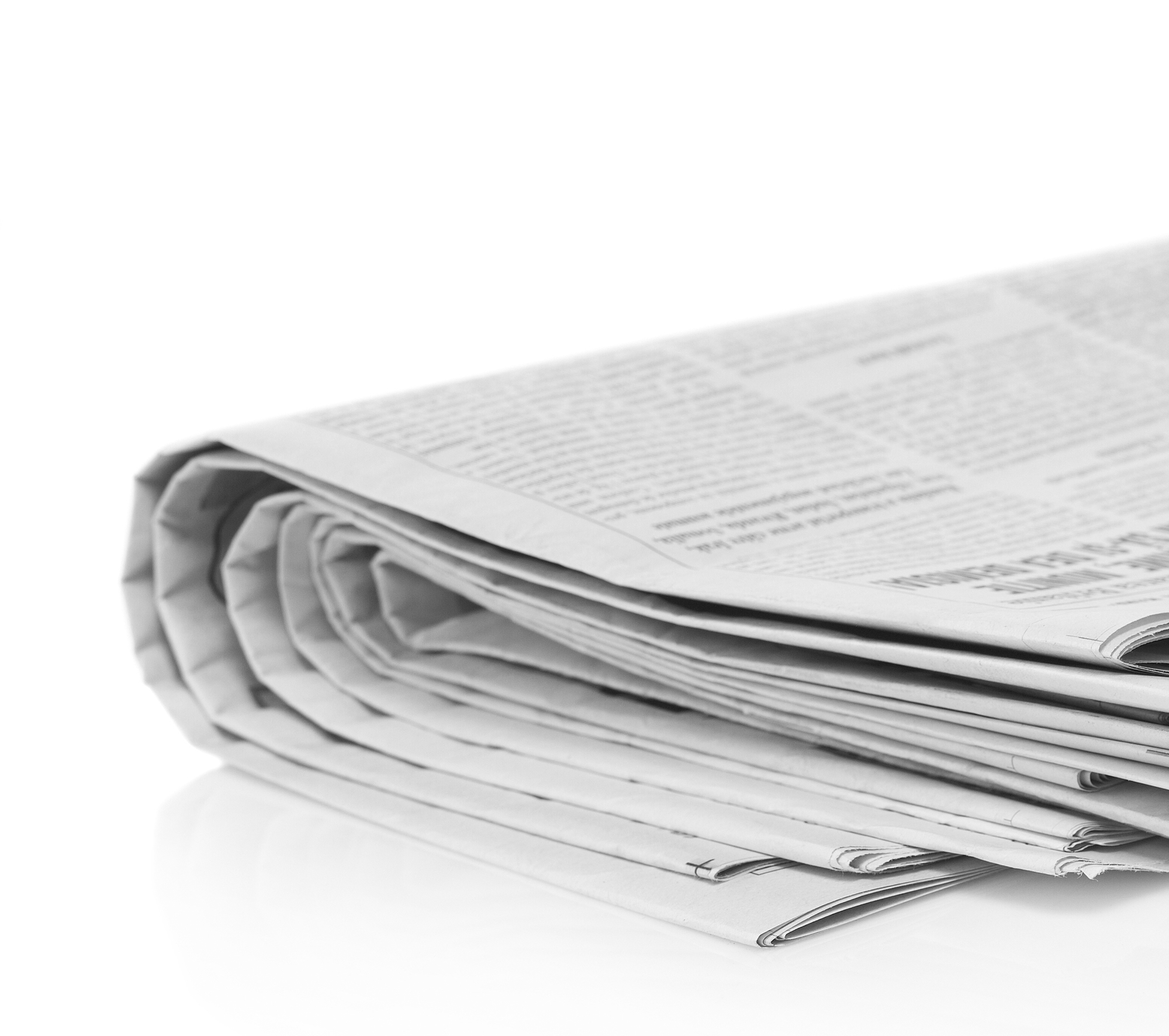As a result of announcing a significant new partnership yesterday, several investors have asked us to explain how using direct carrier billing (DCB) to pay for a subscription service differs from the business we refer to as subscription bundling.
To begin with, the digital subscription economy is growing fast, valued at $650M in 2020 and expected to grow to $1.5T by 2025 [1].
There are several factors at play powering this growth. The most obvious growth driver is the increased revenue predictability a subscription model brings to merchants; plus a more engaged user base and the perception of greater value to the consumer from an “all you can eat” subscription offer.
Another key driver is the subscription bundling business model. Businesses around the world are recognizing that by partnering with a number of distribution partners, they can reach more customers and increase user acquisition. Distribution partners find that by bundling subscription services with their own “first party” services, they increase user retention, which benefits both them and the subscription provider. The success of this bundling partnership model has been most prevalent with utility services, like telcos, bundling engaging subscription services like TV, Movies, Games etc, because their strengths in customer reach and simple monetization complement the strengths of the subscription service providers in content and consumer appeal.
Bango powers growth in the subscription economy in several ways;
- Direct carrier billing (DCB) & wallet connections provide easy, widely available payment methods for subscription services
- Enabling individual subscription services to be bundled together
- Allowing 10s-100s of subscription services to be bundled to a single bill through our ‘digital vending machine’ technology
In this blog, I will focus on the differences between using DCB to pay for a subscription service and bundling a subscription service to a telco bill. In this example, I will use Netflix as the subscription service and Vodafone as the carrier.
DCB as the payment method: the customer decides they want to subscribe to Netflix and simply follows the standard checkout flow. When the payment options are presented, they select direct carrier billing, and the ongoing monthly charge will appear on their contracted Vodafone bill. In this instance, the carrier’s involvement is simply to be the payment mechanism, much like a credit card or PayPal.
Subscription bundling: Vodafone will actively market Netflix as a promotional item. They may include Netflix as a free add on to customers who take out higher tier data tariffs, they may use it as a means of enticing new customers to switch from another operator or as a means of retaining existing customers by providing them with more value than just their own first party services. In this case, DCB is still the end payment mechanism and once the customer has enjoyed a free trial period and decides to subscribe to Netflix, the charge will show up on their Vodafone bill, as in the previous example. The difference is primarily in the marketing and the way the purchase decision originates. Subscription bundling is a great marketing & retention tool, especially when the subscription service is discounted or free for a period as part of the bundle offer.
In the case of using DCB as the payment method, Bango earns a transaction fee immediately at the time of purchase.
For subscription bundling, even when the subscription is offered by the operator for a trial period at no or low cost, Bango earns a percentage of the subscription’s RRP. Subsequently, Bango earns a percentage of the value of the subscription service as a transaction fee when the customer decides to pay for it, which may be three months later depending on the offer period.
Our latest partner, announced just yesterday [2], will be able to use the Bango Platform to provide both carrier billing and subscription bundling services for its app store payments and subscription services. This is a great example of both DCB and bundling being used by the same Bango partner. Through its app store, consumers could purchase a subscription service and charge it to their telco bill and, similarly, its subscription services will be available as bundled offers created by telcos and enabled through Bango.


